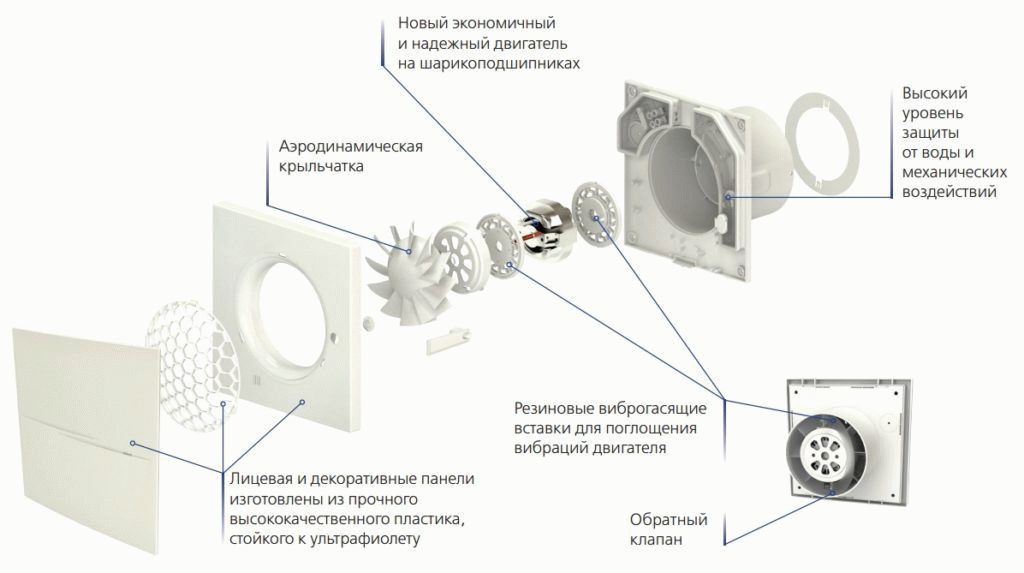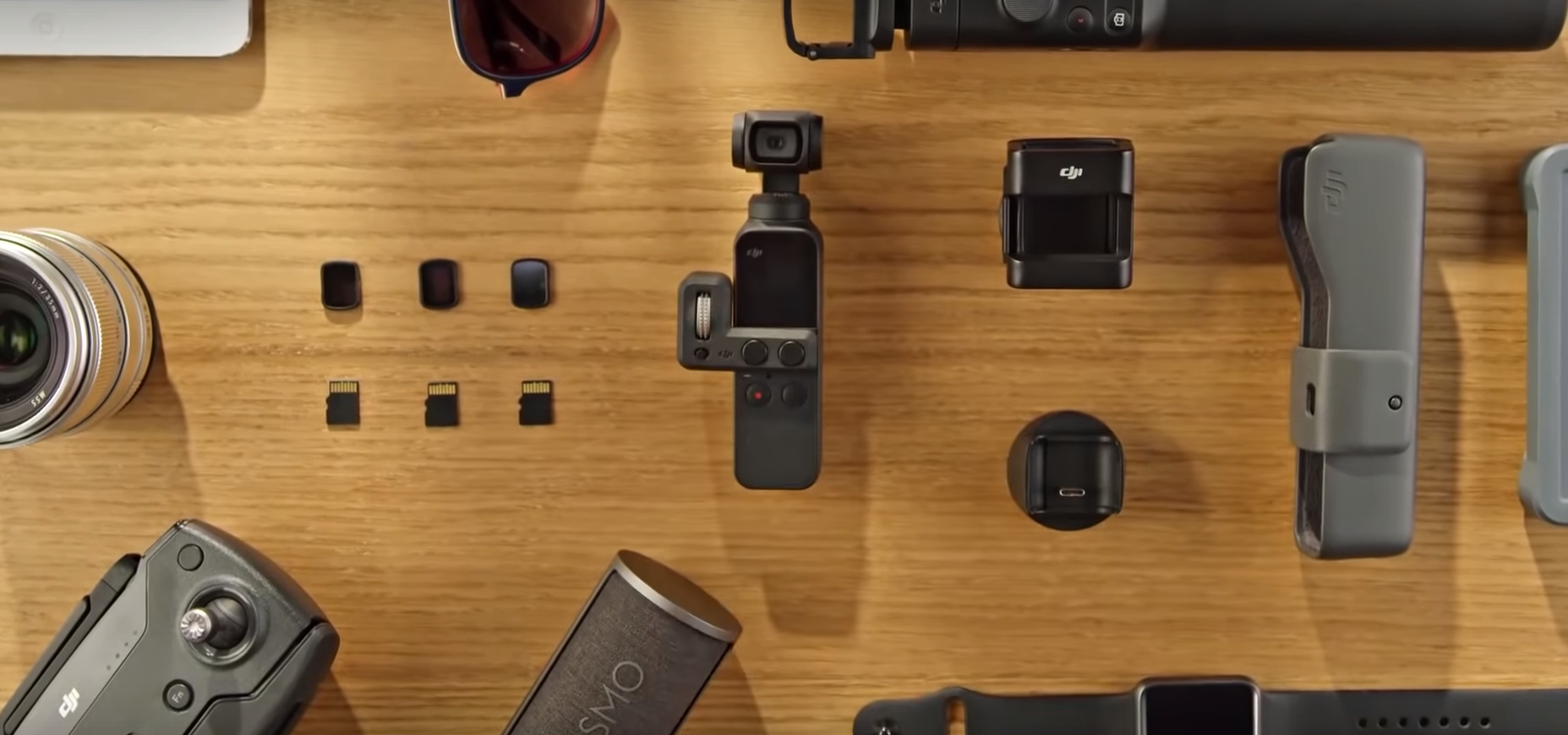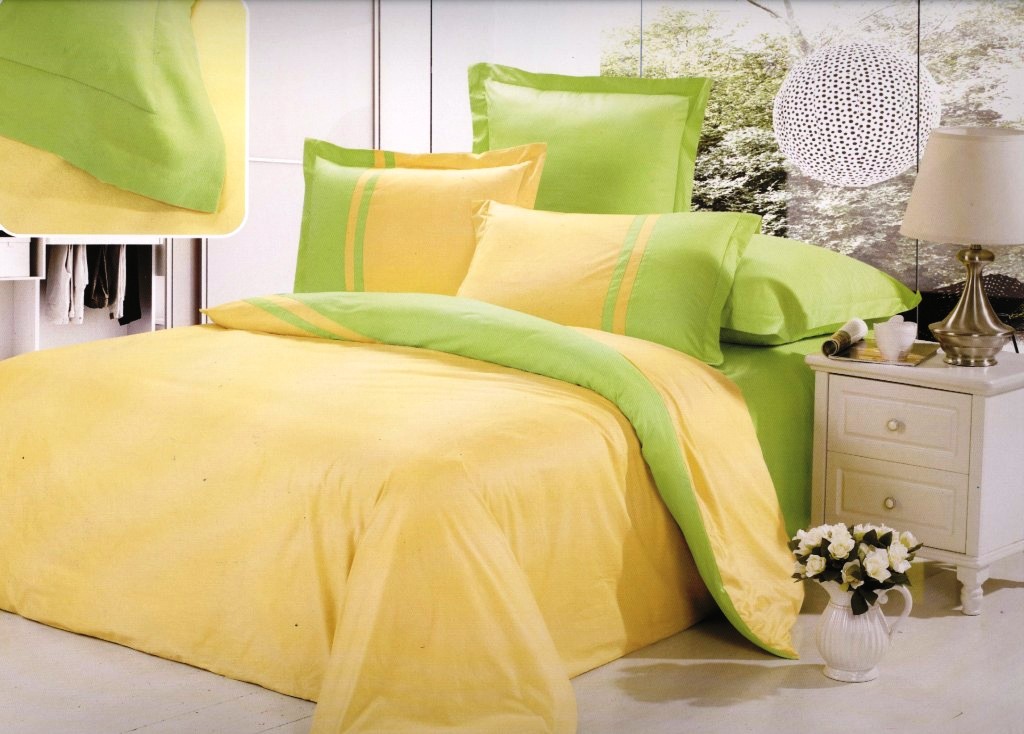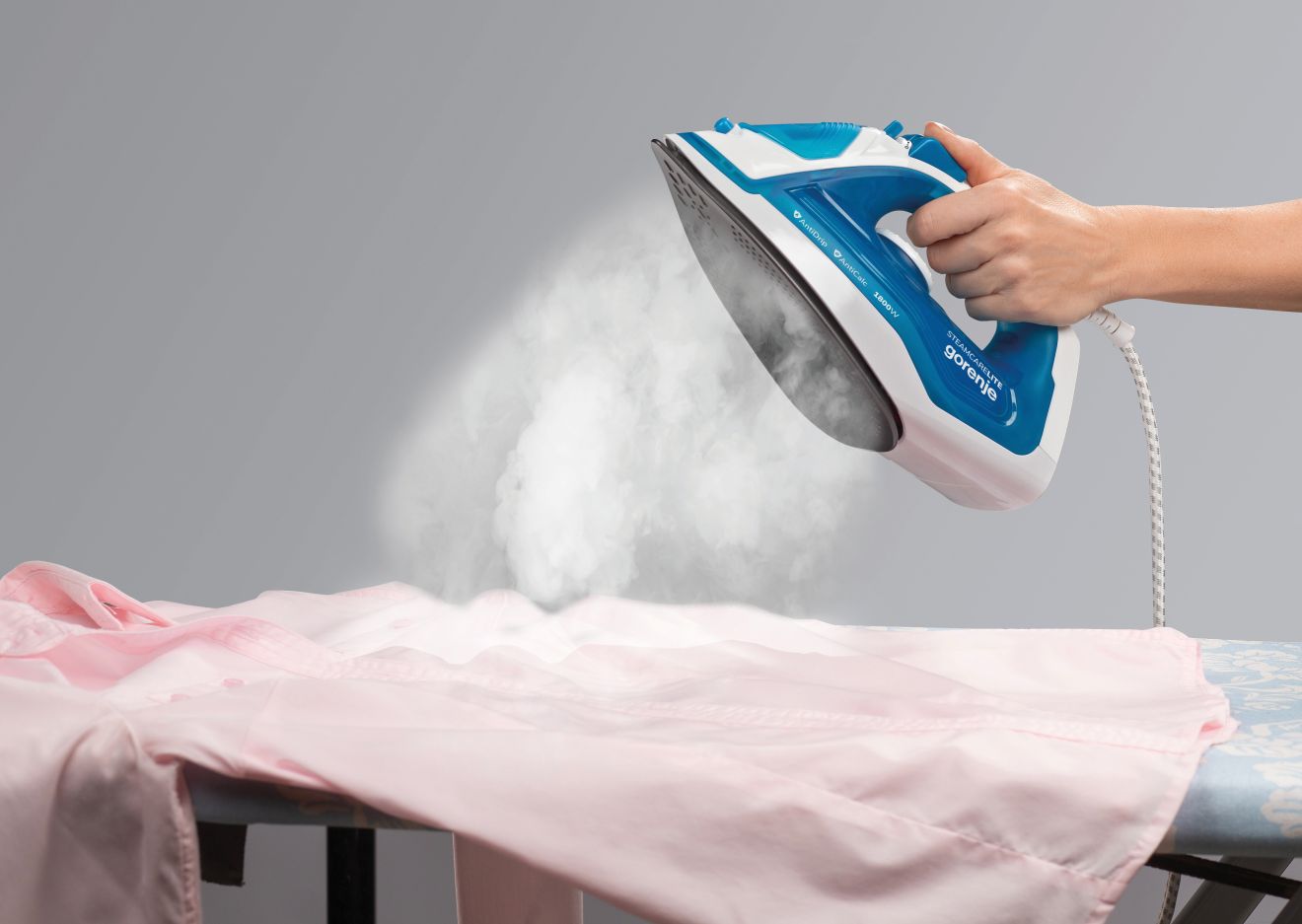The best bathroom fans in 2019

High humidity in the bathroom is no longer a secret. In order for the room to have clean and fresh air, you need to provide good ventilation. People try to deal with high humidity in a variety of ways. However, the time has passed when you need to open the doors to the room after taking a shower and clean the water from the floor. It's time to move on to drastic measures - buying a fan in the bathroom.
Attention! We talked about popular models of exhaust fans in 2025 in separate article.
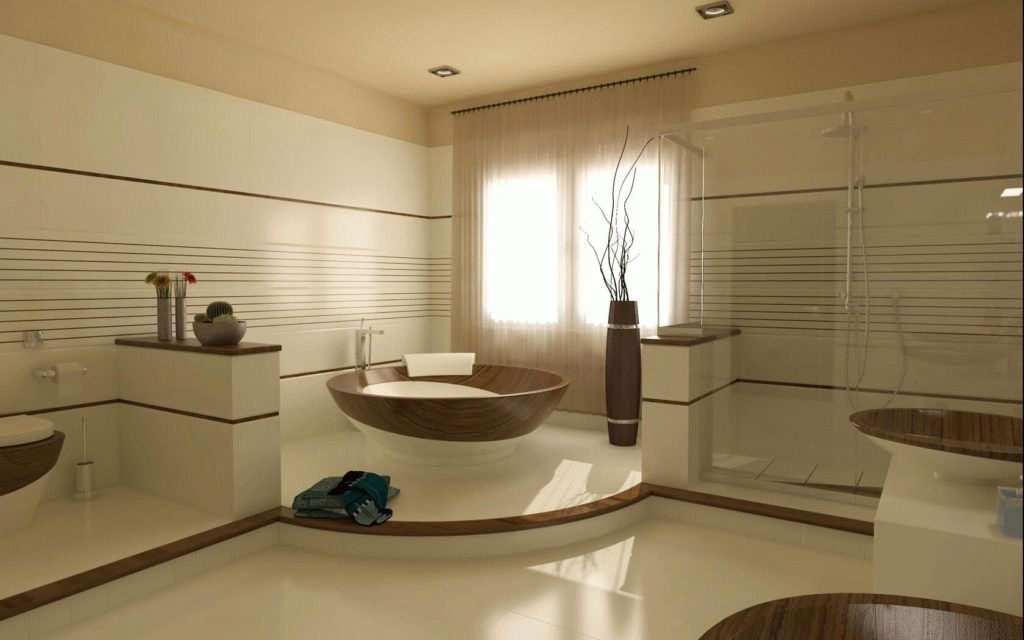
Content [Hide]
- 1 The algorithm for choosing the right fan for the bathroom.
- 2 Fan models that have proven themselves in the market.
- 2.1 Soler&Palau Silent 100 Design 3C is the best design solution for a modern bathroom.
- 2.2 Electrolux EAFR 100 is a bathroom fan with aesthetic beauty.
- 2.3 Soler&Palau Silent 100 CZ is the best silent fan.
- 2.4 Electrolux EAF-150 is the best option for a large bathroom.
- 2.5 VENTS 100 Quiet is the best budget option.
- 2.6 Soler&Palau Silent 100 CHZ is the best fan with humidity sensor.
- 3 What to choose anyway?
The algorithm for choosing the right fan for the bathroom.
Why do you need ventilation in the bathroom?
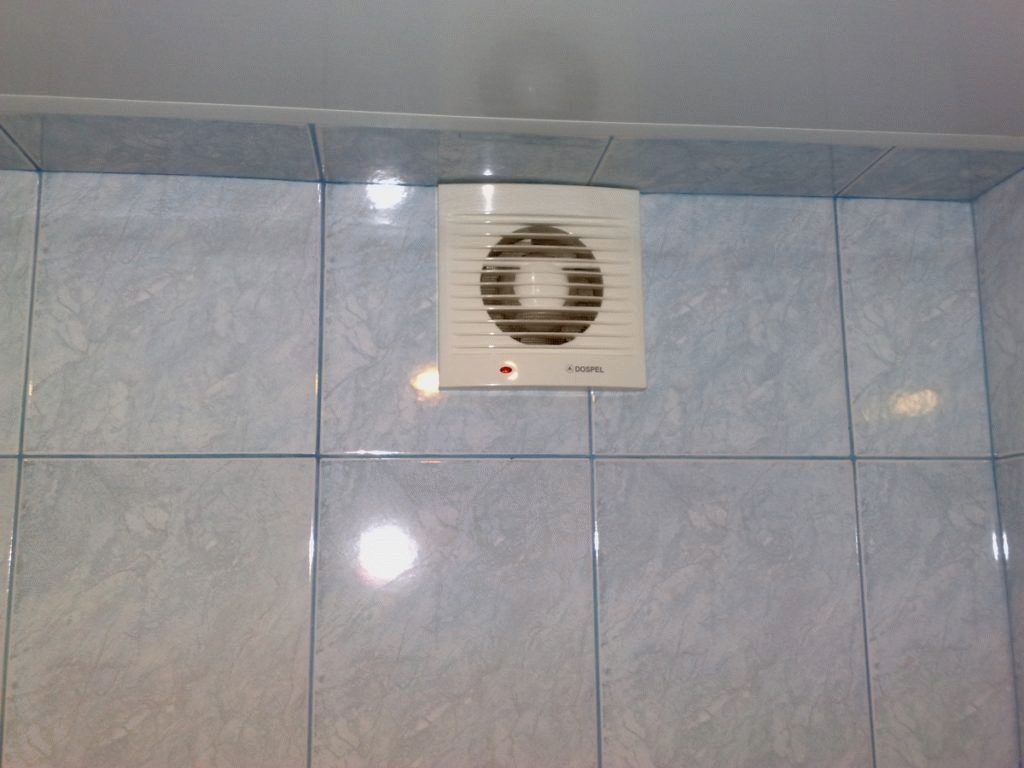
Ventilation in the bathroom is important for people's health. Standard bathrooms are small. Therefore, when taking a bath or shower, the room quickly fills with steam. Dampness settles on the ceiling of the room and walls, because of this, the finish of the bathroom deteriorates.
Water splashes, condensation and vapors can lead to unwanted mold and mildew growth, resulting in bad odors, harmful small insects and their waste products. Removing odors and moist air is essential for overall comfort and to reduce the risk of allergic reactions and respiratory problems.
As a rule, there is no window in the bathroom. And the only way to get fresh air into the bathroom is ventilation systems. When building a house, builders without fail plan natural ventilation channels. The efficiency of the ventilation system depends on the direction and location of the air flows.
Often, natural ventilation systems do not cope with their task.
To check whether the natural ventilation system in the bathroom is working effectively, it is enough to conduct a small, simple test.
You need to take a piece of paper and attach it to the grill. It will stick to the grate when the system is working properly, as it will be held by the airflow.
If the ventilation is not working well, the sheet will not be held. True, it should be remembered that a normally working system also demonstrates low performance, since the principle of its operation is based on the temperature difference in the bathroom and on the street. In the summer, when it is hot outside, ventilation almost does not work.
Also, the ventilation ducts become clogged over time, and the entire system loses efficiency. It should be remembered that if condensation accumulates on the surface of the walls, plumbing and furniture in the bathroom, mirrors fog up in the bathroom and an unpleasant smell is constantly present in the toilet, an exhaust fan should be installed in the bathroom.
Types of bathroom fans
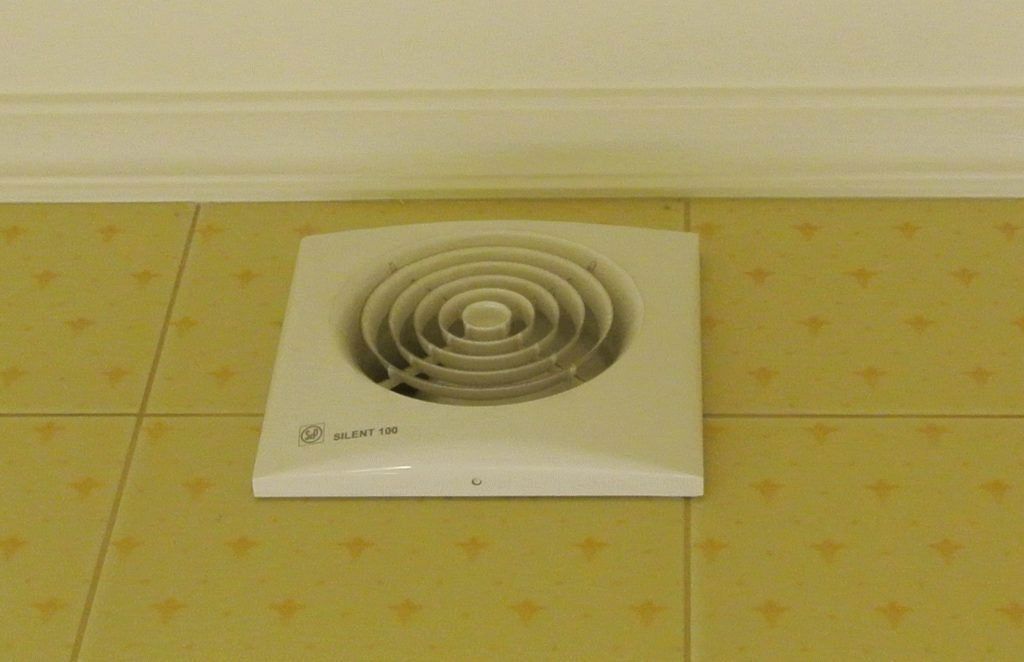
When buying a fan for a bathroom, it should be taken into account that structurally such devices are divided into duct and axial, radiator and roof, which is determined by the peculiarities of their application.
Axial fans.
Axial bathroom exhaust fans are a wheel with cantilever blades, which is located in a cylindrical housing. The impeller is usually mounted on the axis of the electric motor. When the wheel rotates, the air is captured by the blades and moves in the axial direction. The movement of air mass is practically absent in the radial direction.
A collector is installed at the entrance to the bathroom hood to improve the aerodynamic performance of the fan.Axial models show a sufficiently higher efficiency of work compared to other devices - a productivity of more than 100 cubic meters per hour, but they have low pressure characteristics. You can install them directly into the wall.
A similar version of exhaust fans for the bathroom is quite common due to the ease of installation. Mount wall fans in the openings of the ventilation shaft. In principle, such an installation is a violation, because in the general ventilation there may be a violation of air circulation.
The disadvantages of wall-mounted axial fans include a higher noise level, which often reaches 30-50 decibels.
Radial fans.
Fans of this type are a blade wheel, which is placed in a spiral casing. When the wheel rotates, air enters the holes between the blades, follows the periphery of the blade wheel in the radial direction, it is compressed and thrown away under the influence of centrifugal force into a special spiral casing and then enters the discharge hole.
The working hollow cylinder has blades along the lateral surface, which are located parallel to the axis of rotation at an equal distance. In cooling and ventilation systems, the quietest bathroom fans are used, radial type, single or double suction, with blades that are bent forward or backward.
The use of radial fans, the blades of which are directed backwards, saves 20% of electricity. Their other important advantage is the ease of transferring overloads in terms of air consumption.
Bathroom exhaust fans with forward curved blades are able to provide the same pressure and flow performance as those with backward blades, with a smaller impeller diameter and low speed, helping to achieve a good result, while creating less noise and taking up less space.
Centrifugal fans.
Centrifugal duct-type fans appeared quite recently (in the seventies of the XX century), but gained great popularity due to their convenient use with considerable simplicity. Duct fans for the bathroom are used when the area of the room is more than 15 square meters.
The devices themselves are quite powerful, but the noise level is rated as low. Noiseless duct-type bathroom exhaust fans are designed to be placed in the flow path of the ventilation system. They come in rectangular or round sections. Typically, a duct fan is installed under the ceiling and hidden behind plasterboard panels.
It is advisable to choose semi-rigid or rigid ducts because their design is considered to be more reliable than flexible ducts - this ensures a longer service life. The centrifugal fan can be mounted in the middle of the duct or in front of the air inlet.
Although the latter option is not very convenient, as it requires the installation of an anemostat, which prevents condensate from entering the ventilation system. However, in the first situation there are also disadvantages - due to the aerodynamic resistance of the air ducts, you need to install a more powerful fan.
Roof fans.
Roof hoods are installed on the roofs of residential buildings.Roof ventilation units consist of a fan, an electric motor, anti-vibration pads, as well as automatic control devices, which are enclosed in one housing. These devices use axial or radial devices with a large number of blades and with single or double suction blades.
What to look for when choosing a bathroom fan?
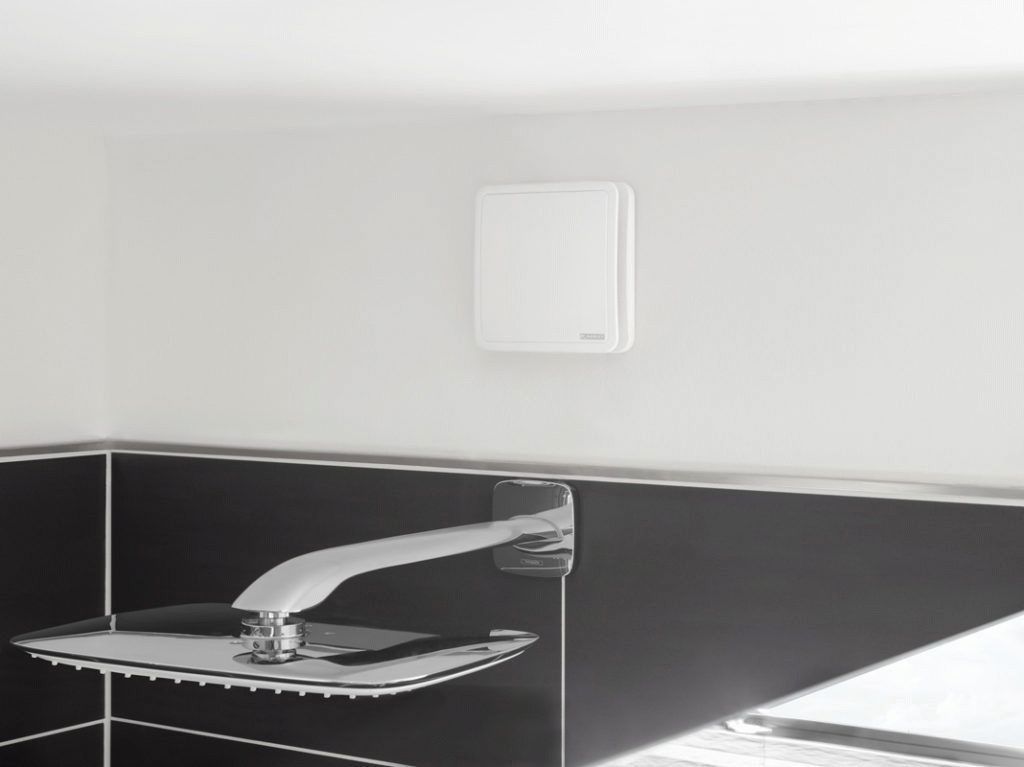
When choosing a bathroom fan, you need to keep in mind some parameters and technical characteristics, such as air exchange and performance, noise level and safety in relation to a humid air environment, as well as the functionality of the devices and the price-performance ratio.
Performance.
To calculate the required performance of a fan for a bathroom, you will need the following information: the volume of the room and the frequency of air exchange - the number of air changes per hour. The product of these two indicators will be equal to the performance of the fan.
You can calculate the fan power using such calculations. You should calculate the volume of the room by multiplying the length of the room by its width and height, as well as rounding up. To get the performance, the volume of the room must be multiplied by a number that shows how many times the air in one hour should change to fresh flow.
The frequency of air exchange always depends on the type of room and is specified in building codes.
This number for a bathroom according to building codes is 6-8. You should take 6 if 1-3 people use the bathroom in the house, if more than 3, then you need to substitute 6 or 8. The air exchange rate for the toilet will be 6-10.
After the calculations and the performance obtained, you can choose the best fan for the bathroom according to the parameters of various manufacturers that produce exhaust fans. Practice shows that it is necessary to take a fan that has technical indicators slightly higher than the design parameters. Typically, the performance of bathroom fans is 95-100 cubic meters per hour.
Noise level.
Each bathroom fan is driven by an electric motor, the operation of which is always accompanied by two types of noise - mechanical and aerodynamic. The first noise is able to penetrate into the premises, while propagating along the air duct, and the second one occurs as a result of vibration of structural elements, that is, the walls of the protective cover of the exhaust fan and the air ducts themselves.
Noise, which is more than 35 decibels, irritates the human psyche. Therefore, the fight against noise is an urgent task when choosing and installing exhaust fans for the bathroom. Thus, the indicator of the noise produced by the device should not exceed 30 decibels. In order to turn on the device at night, the noise level in this case should not exceed 25 decibels. Noise indicators are indicated in the passport data.
The noise level can also be reduced by installing a noise isolator behind the fan and lining the inner surface of the duct with sound-absorbing material. Noise isolators have two main designs: tubular and plate.In any case, the diameter of the air ducts should not be too small to avoid air pockets due to turbulence of the air flows, but it should not be too large, as this increases the material costs of a fan for a large bathroom.
Fan safety.
Another important requirement for a bathroom fan is its protection against moisture penetration into the device. The exhaust fan is an electrical appliance and the bathroom is always humid. Contact with unprotected parts of the apparatus or a water switch (and any electrical device has them) can cause a short circuit and significant consequences for the electrical wiring, that is, a fire. This should be taken into account every time the question arises of which bathroom fan to choose.
To avoid this, you should look in stores for fans designed for a particular bathroom. They are labeled accordingly. These are ordinary fans, in which protection against water ingress is additionally made. For complete safety, bathroom exhaust fans use predominantly 24 volts. If a short circuit occurs in the wiring, then such a low voltage will save the life of a person located directly there.
Fan functionality.
One should not lose sight of such an important parameter as the functionality of the fan. There are two types of bathroom fans - automatic and standard. Standard exhaust fans are ordinary axial systems with a check valve that blocks the flow of exhaust air back into the room.
Such fans work very simply: when the light is turned on, the air extraction starts to work at the same time, and when it is turned off, the fan stops. This is convenient, but not always practical, especially when the moisture level is very high, because such a fan will not be able to remove all moist air from the bathroom in a short time.
Automatic bathroom exhaust fans are naturally superior, but also more expensive. They are equipped with special timers for setting the device for a certain operating time. Exhaust fans with a shutdown timer run after the user leaves for approximately 25 minutes, and then automatically turn off. The fan with a humidity sensor and a timer will turn on when the humidity rises above the set limit and turn off after a user-defined time interval.
How to choose a bathroom fan if the bathroom ventilation system is connected to the kitchen ventilation system? There are also bathroom hoods with non-return valves on the market. These devices will be a real find if the bathroom and kitchen ventilation systems are a single whole. Such a fan draws air from the room, preventing it from entering the kitchen.
Value for money fan.
Next, you should pay attention to the quality of the bathroom fan, because excellent technical characteristics do not always guarantee long-term operation of the device. It is better to look at the offers of well-known manufacturers of bathroom fans. Positive characteristics and consumer reviews will be a signal that the choice fell on a worthy device.
Confirmation of quality is the compliance of the exhaust fan with quality standards and the availability of certificates of special commissions, warranty documents and markings, which indicates the protection class (start from the lowest value, that is, from IP34). It should be remembered that not always a bulky fan will be of high quality.
Today, the dimensions of bathroom fans are in most cases compact, but the devices are quite powerful. Also on the market are built-in appliances that forcibly remove moist air from the bathroom into the ventilation shafts.
A good quality bathroom fan is not always expensive. Even the most inexpensive and simple domestic device will perfectly cope with its tasks for 3-5 years. However, if fan functionality is a priority, you should look at more expensive models.
More about the criteria for choosing a fan - in the video:
The bathroom is one of the most humid places in an apartment or a private house. And there are some patterns according to which a bathroom fan is selected. For wet rooms, compact, but at the same time powerful fan models are designed, endowed with a moisture protection function. Their design prevents water from entering the duct, minimizing the risk of a short circuit.
Fan models that have proven themselves in the market.
Soler&Palau Silent 100 Design 3C is the best design solution for a modern bathroom.
votes 0
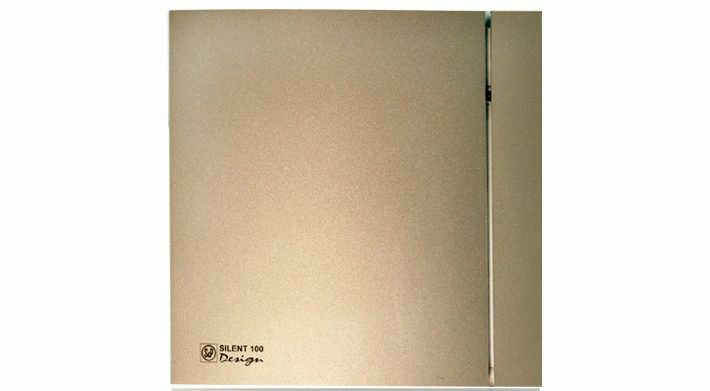
This is a designer model of the popular Soler&Palau Silent fan series.In addition to the fact that they are available in several colors (white, silver, gray, beige, red, and to order you can make any color from the RAL palette), 4 interchangeable color strips are included with each product. Otherwise, everything is like the top model of this series: power is 8 watts, productivity is 95 cubic meters of air per hour, a waterproof case and a low noise level. The latter indicator, however, largely depends on the quality of the fan installation.
- an abundance of color solutions;
- the presence of protection against moisture;
- beauty for a small price;
- power;
- replacement strips included.
- the noise is higher than allowed if the fan is installed incorrectly.
Average price: 2500 rubles.
Electrolux EAFR 100 is a bathroom fan with aesthetic beauty.
votes 0
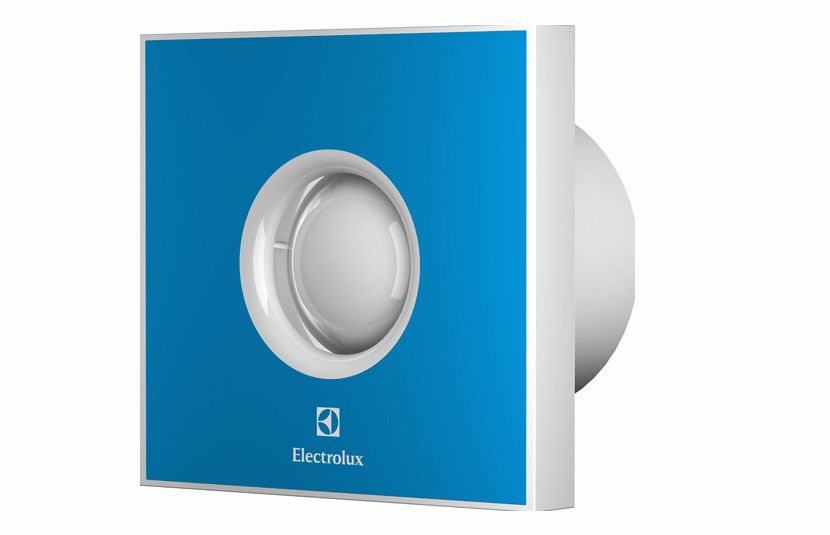
This is a stylish design fan from Electrolux. There are 10 color options on the market - from crystal white to completely black. The engine power on bearings is 15 watts, it pumps up to 100 cubic meters of air per hour. It is enough to clean the impeller to maintain a normal working condition once every six months. The model is easily mounted - both on the walls and on the ceiling. Fan noise is within acceptable limits (30 decibels).
More about this line of devices - in the video:
- durability;
- excellent design;
- an abundance of color solutions;
- decent power;
- moisture protection.
- not at all easy to maintain.
Average price: 2000 rubles.
Soler&Palau Silent 100 CZ is the best silent fan.
votes 0
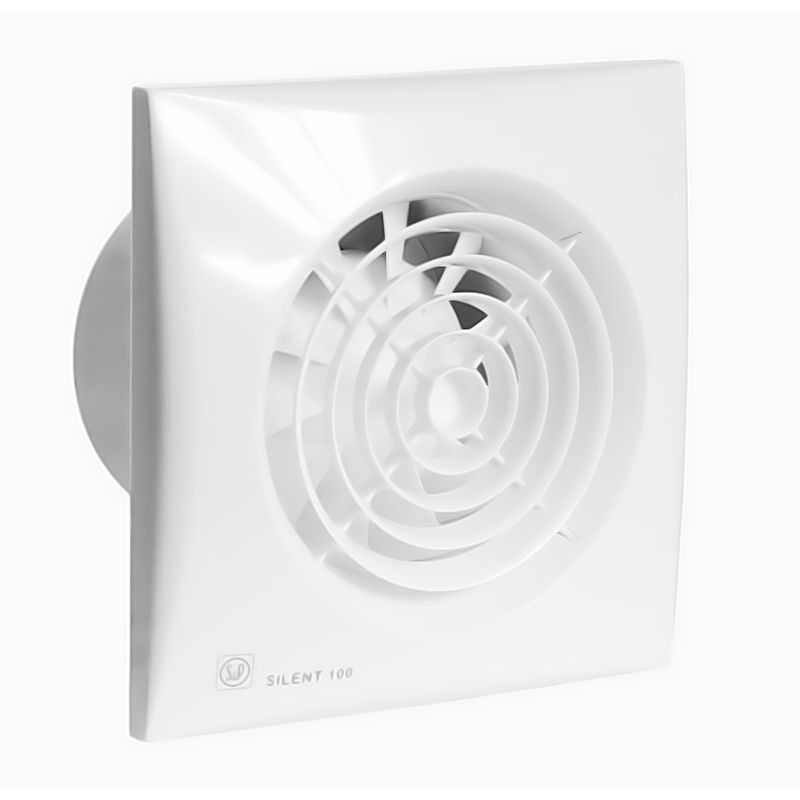
This is the middle model of the popular series of bathroom exhaust fans.There is no humidity sensor here, the device is turned on manually, but the price is quite affordable for such quality. Otherwise, everything is like the top model: power is 8 watts, productivity is 95 cubic meters of air per hour, a waterproof case and a low noise level. The single-phase electric motor on ball bearings is attached to the housing with rubber silent-blocks that prevent the transfer of vibrations to the fan housing.
- the presence of moisture protection;
- durability;
- excellent power of 8 watts;
- actual noiselessness.
- not quite a simple fan maintenance.
Average price: 2600 rubles.
Electrolux EAF-150 is the best option for a large bathroom.
votes 0
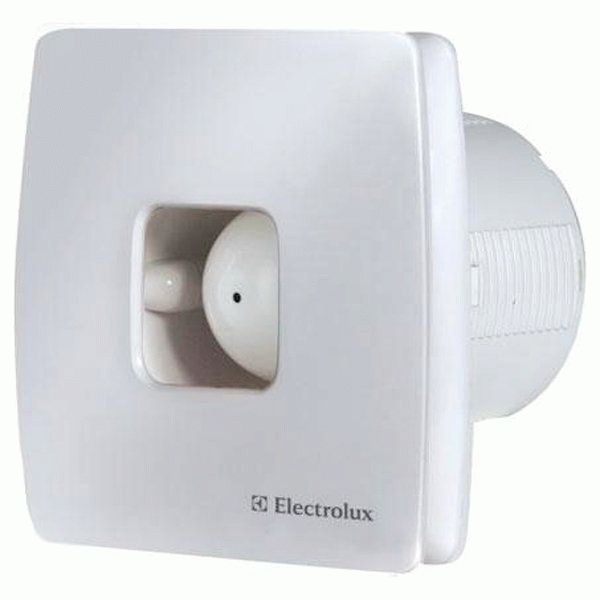
This is a high power fan that pumps 320 cubic meters of air per hour. It turns out that this model is one of the best options for large bathrooms or heavily used rooms. The 25 watt motor product does not look too much like a traditional fan due to the exclusive front panel. If necessary, it can be easily removed and replaced with a different color. You can mount the model anywhere: on the wall, air duct, ceiling. Although the fan cannot be called silent, but 35 decibels is not the volume that will interfere with a comfortable rest.
- the presence of moisture protection;
- simple maintenance;
- simple installation;
- decent performance;
- power.
- lack of silence.
Average price: 3000 rubles.
VENTS 100 Quiet is the best budget option.
votes 0
This is an inexpensive and very economical exhaust fan. Consuming only 7.5 watts of energy, it drives through itself 97 cubic meters of air per hour.A shortened branch pipe (81 mm) allows you to easily install the fan in a shaft or connect it to an air duct. The motor is equipped with ball bearings designed for 40,000 hours of continuous operation without maintenance. Has protection against an overheat. The fan is turned on using a conventional room switch, although automated solutions are also possible (you need to purchase additional equipment for this).
Video review of the device:
- low price;
- durability;
- low power consumption;
- almost silent (25 decibels);
- excellent power;
- moisture protection.
- tight check valve.
Average price: 1300 rubles.
Soler&Palau Silent 100 CHZ is the best fan with humidity sensor.
votes 0
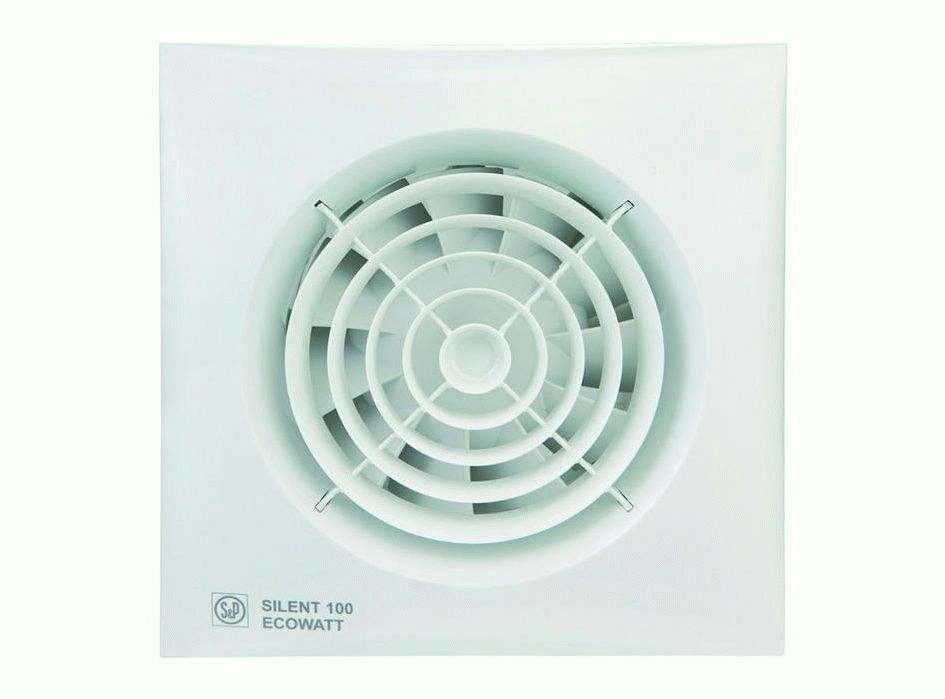
This is the most functional model of the famous series from Soler & Palau. The fan is equipped with a humidity sensor (hygrostat). It turns on when this indicator increases relative to a certain level. Also in the design of SILENT 100 CHZ there are ball bearings that increase its service life by up to 30,000 hours. There is also a timer with a delay of turning on up to half an hour.
The performance, like that of the younger models, is 95 cubic meters per hour, which is quite enough for a bath with an area of 2 by 2 meters and even a little more. The fan works quite quietly, its maximum noise level is 26.5 decibels (the volume is comparable to a human whisper).
- not bad performance at all;
- noiselessness;
- durability;
- timer;
- humidity sensor;
- low power consumption, only 8 watts.
- high price;
- the initial setup of the device is done "by eye".
Average price: 6500 rubles.
What to choose anyway?
Of course, first of all, you need to focus on the type of bathroom, its area and internal arrangement, as well as on your own desire to get something from buying a device. For example, noiselessness, aesthetic beauty or power.
However, it is not enough just to know the theoretical information. It is also necessary to have practical knowledge: how to install a fan, how to operate it correctly and what to do in case of a malfunction.
With the totality of this knowledge, you can already safely make a choice in the direction of a particular model.
new entries
Categories
Useful
Popular Articles
-

Top ranking of the best and cheapest scooters up to 50cc in 2025
Views: 131651 -

Rating of the best soundproofing materials for an apartment in 2025
Views: 127691 -

Rating of cheap analogues of expensive medicines for flu and colds for 2025
Views: 124519 -

The best men's sneakers in 2025
Views: 124033 -

The Best Complex Vitamins in 2025
Views: 121940 -

Top ranking of the best smartwatches 2025 - price-quality ratio
Views: 114980 -

The best paint for gray hair - top rating 2025
Views: 113395 -

Ranking of the best wood paints for interior work in 2025
Views: 110319 -

Rating of the best spinning reels in 2025
Views: 105329 -

Ranking of the best sex dolls for men for 2025
Views: 104366 -

Ranking of the best action cameras from China in 2025
Views: 102216 -

The most effective calcium preparations for adults and children in 2025
Views: 102011
